The Biological Mechanisms of Plant Reproduction
Introduction
Plant reproduction is a complex biological process that involves the production and dispersal of seeds or spores. This process is crucial for the survival and propagation of plant species. It involves a series of intricate mechanisms, including sexual and asexual reproduction, pollination, fertilization, and seed dispersal. This article delves into the biological mechanisms of plant reproduction, providing a comprehensive understanding of the processes involved.
Sexual Reproduction
Sexual reproduction in plants involves the production of seeds through the fusion of male and female gametes. This process begins with the formation of flowers, which are the reproductive structures of angiosperms, or flowering plants.
Flower Structure
A typical flower consists of four main parts: the sepals, petals, stamens, and carpels. The sepals and petals are the non-reproductive parts of the flower. The stamens are the male reproductive organs, each consisting of a filament and an anther, which produces pollen grains containing male gametes. The carpels are the female reproductive organs, each consisting of an ovary, style, and stigma. The ovary contains ovules, each of which contains a female gamete or egg cell.
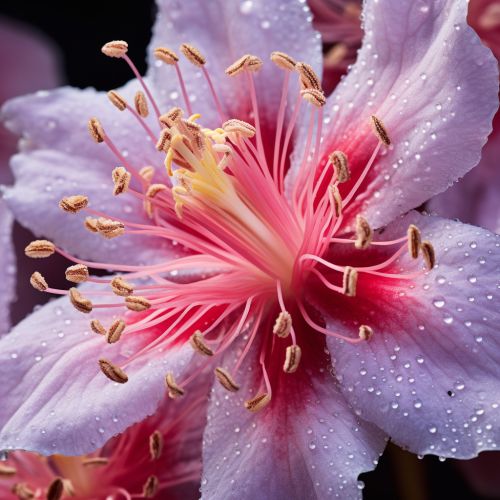
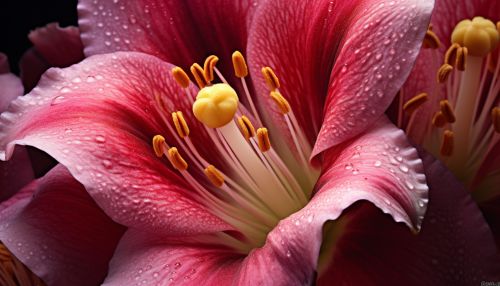
Pollination
Pollination is the transfer of pollen from the anther of a stamen to the stigma of a carpel. This process can occur within the same flower (self-pollination) or between different flowers (cross-pollination). Pollination is facilitated by various agents, including wind, water, and animals, particularly insects and birds.
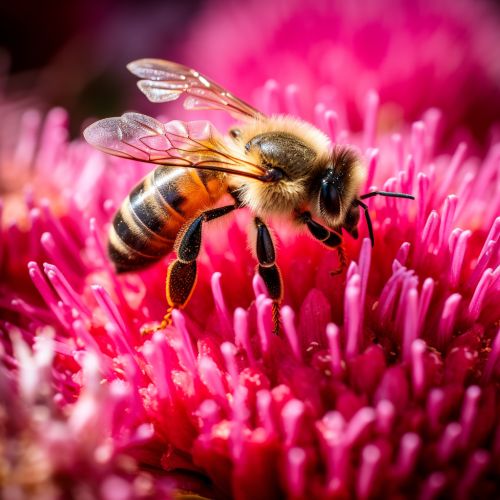
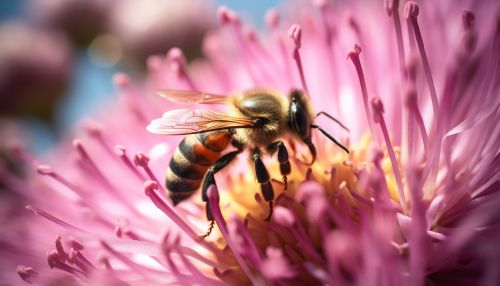
Fertilization
After pollination, the pollen grain germinates on the stigma, producing a pollen tube that grows down the style and into the ovary. The male gametes then travel down the pollen tube and into the ovule, where fertilization occurs. This involves the fusion of a male gamete with the female gamete, resulting in the formation of a zygote. The zygote then develops into an embryo, while the ovule develops into a seed.
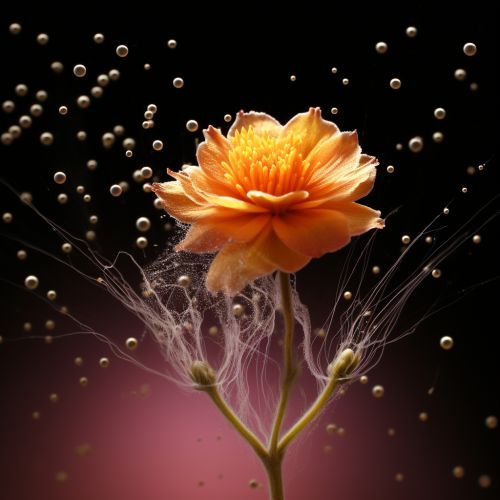

Asexual Reproduction
Asexual reproduction in plants involves the production of new plants without the fusion of gametes. This can occur through various mechanisms, including vegetative propagation, budding, and fragmentation.
Vegetative Propagation
Vegetative propagation involves the production of new plants from the vegetative parts of the parent plant, such as the roots, stems, and leaves. This process is common in many plant species, including strawberries, potatoes, and willows.
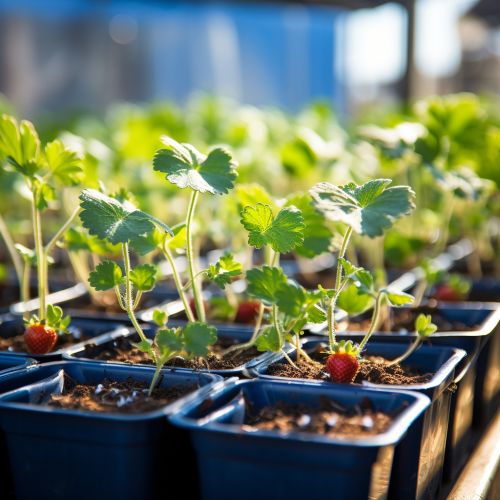
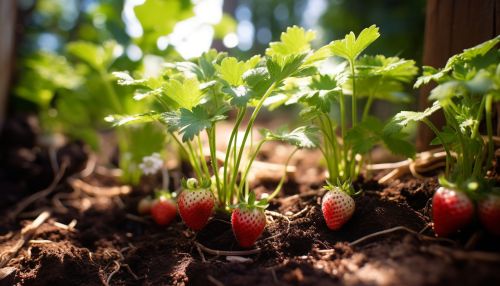
Budding
Budding involves the growth of a new plant from a bud on the parent plant. This process is common in yeast and certain plants, such as the African violet.
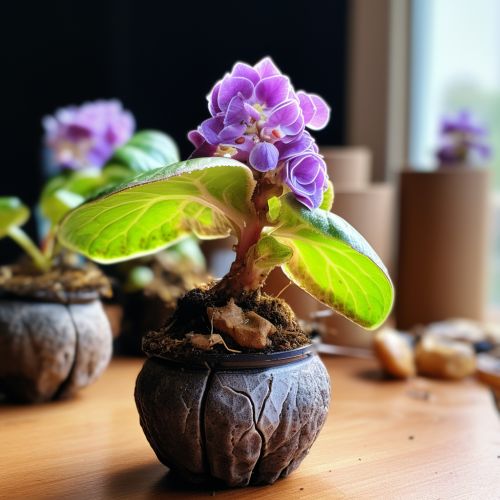
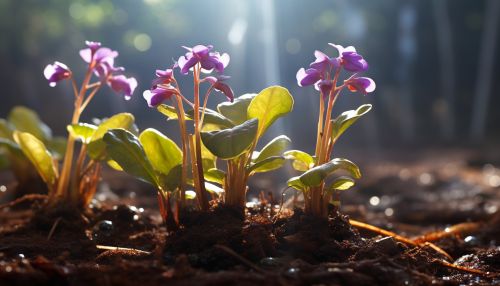
Fragmentation
Fragmentation involves the breaking of the parent plant into fragments, each of which can grow into a new plant. This process is common in many aquatic plants, such as the water hyacinth.

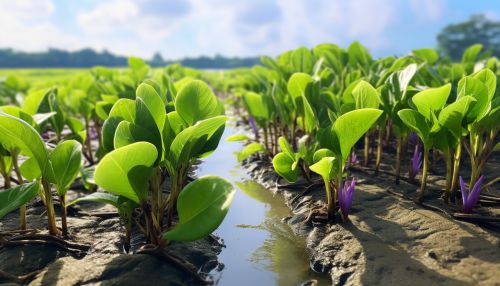
Seed Dispersal
After the formation of seeds, they need to be dispersed to suitable locations where they can germinate and grow into new plants. Seed dispersal can occur through various mechanisms, including wind, water, animals, and explosive action.
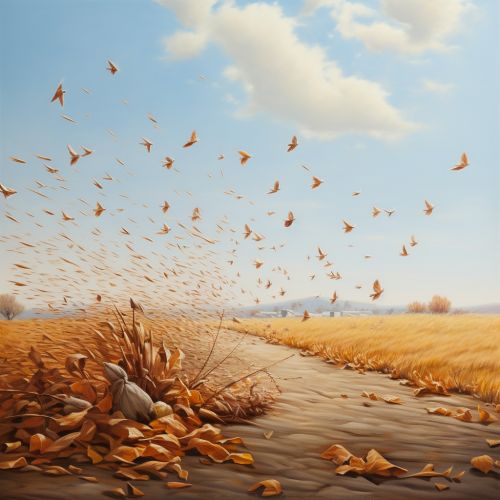

Conclusion
Understanding the biological mechanisms of plant reproduction provides insights into the survival and propagation of plant species. These mechanisms are complex and involve a series of intricate processes, from the formation of flowers and the production of gametes, to pollination, fertilization, and seed dispersal. By delving deeper into these mechanisms, we can gain a greater appreciation of the intricate world of plant biology.
